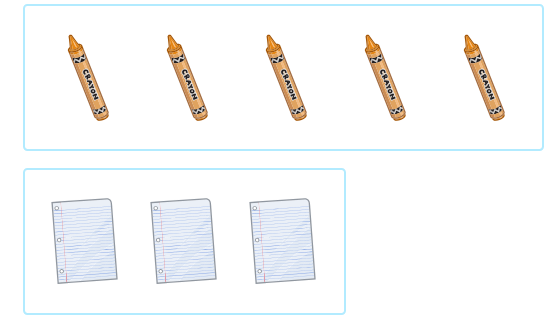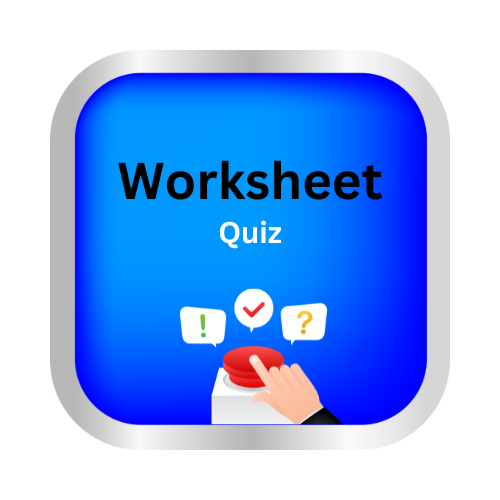Comparing – review
key notes :
Understanding Comparison: Introduce the concept of comparing by explaining that it means looking at two things and finding how they are the same or different.
Use Simple Vocabulary: Use simple words like “bigger,” “smaller,” “taller,” “shorter,” “heavier,” “lighter,” “faster,” and “slower” for comparisons.
Use Visuals: Show pictures of objects or animals (like two cats of different sizes or two apples) and ask students to compare them. For example: “Which is bigger?” or “Which is heavier?”
Focus on One Attribute: Teach students to compare based on one feature at a time, like size, shape, color, or speed.
Comparing with ‘More’ or ‘Less’: Teach phrases like “more than” or “less than.” Example: “This cup has more juice than that one.”
Use Examples from Daily Life: Incorporate comparisons they see daily, like comparing the height of their classmates or the length of their pencils.
Learn with an example
🎸Which group has more?

- Match the crayons and the pieces of paper.

- Some crayons do not have a match.
- There are more crayons than pieces of paper.
🎸Which group has fewer?

- Match the cats and the toy mice.

- There are not enough toy mice to match all the cats.
- There are fewer toy mice than cats.
🎸Which group has fewer?

- Match the cups and the straws.

- There are not enough cups to match all the straws.
- There are fewer cups than straws.
Let’s practice!

